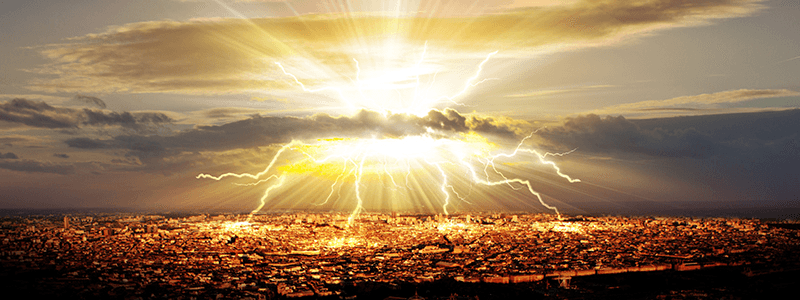

Action on climate change - What can be done?
Paris Climate Communique
Ahead of the Paris Summit in 2015 a coalition of 24 of the UK’s foremost academic institutions and learned societies from across the sciences, social sciences, arts, humanities, medicine and engineering, called for immediate action to avert the serious threats posed by climate change.
The joint Climate Communiqué, which was initiated by the Royal Meteorological Society’s Climate Science Communication Group, states that we must transition to a zero-carbon world by early in the second half of this century if we are to avoid extreme weather which would put more ecosystems and cultures in significant danger.
It says: “The scientific evidence is now overwhelming that the climate is warming and that human activity is largely responsible for this change through emissions of greenhouse gases.”
The one-page document - which can be downloaded at Paris Climate Communique 2015 - Royal Meteorological Society - was released ahead of the Paris summit in November 2015, where Governments met to negotiate a legally-binding and universal agreement on tackling climate change based on the latest scientific evidence.
Collective Global Climate Statement
In 2017 an international coalition of 33 meteorological and climate societies and institutions have released a Collective Global Climate Statement to coincide with Earth Day on 22nd April, which this year is focused on environmental and climate literacy. The Statement was initiated and coordinated by the Royal Meteorological Society.
The Statement - which can be viewed at Collective Global Climate Statement 2017 - Royal Meteorological Society - acknowledges the overwhelming scientific evidence that our planet is warming, largely due to emissions of greenhouse gases from human activities and calls for prompt, sustained, global, collaborative, evidence-based action to avoid the largest impacts of climate change.
It urges governments to fully and urgently implement the commitments made in Paris in 2015 to ensure the future global temperature increase is limited to well below 2°C above the pre-industrial levels, to pursue efforts to limit the increase to 1.5°C and to cut greenhouse gas emissions to net zero in the second half of this century.
The essential role of meteorological and climate services in developing effective tools and systems for use by decision makers is highlighted, and cooperation and collaboration across countries, business sectors, society, and science, including education, research and innovation, is emphasised.



